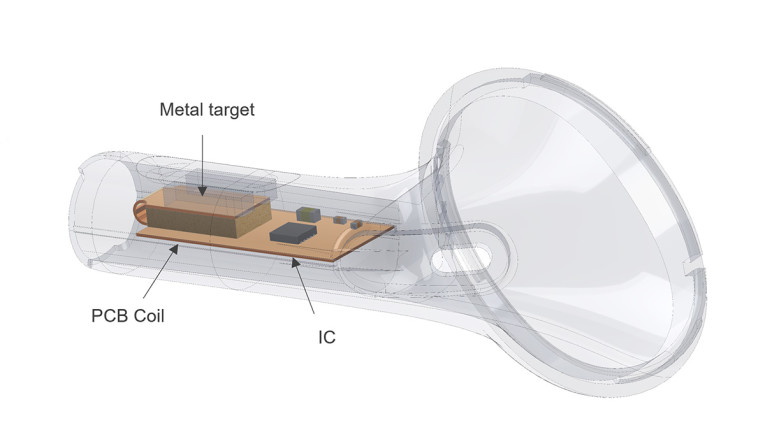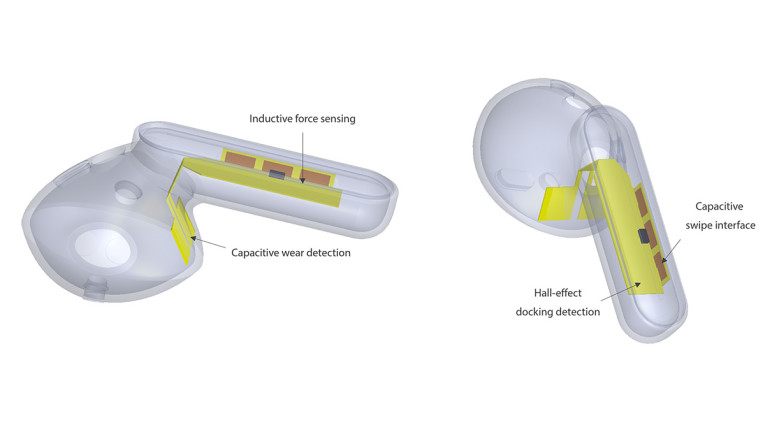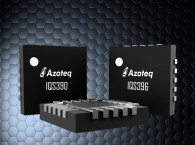The IQS7222A is aimed at premium tier products whilst the IQS323 addresses the mid-tier.

The IQS7222A’s capacitive-sensing channels are used to design a sensitive and robust touch interface. Three dedicated capacitive channels sense taps for play and pause; double taps to skip tracks; tap-and-hold to mute; and up-and-down swipes to increase or decrease volume.
The wear detection employs Azoteq’s latest technology and algorithms to ensure reliable wear detection. The feature has numerous benefits, including auto-off for power saving, or automatic pause or mute when the earbuds are taken out. The feature is based on a capacitive-sensing pattern that provides a stable reference in all cases, along with on-chip algorithms and a temperature reference channel. Azoteq’s wear detection solves many known industry issues with optically competing solutions, such as being able to detect wear on different skin tones.
The IQS7222A sensing engine allows for the measurement of Hall-effect currents, which are induced in the presence of a magnetic field. Two on-chip Hall-effect plates are available to be configured and assigned to sensor channels to facilitate magnetic field sensing. These can be used to detect when the earbuds are docked to automatically disable Bluetooth and initiate charging.
The fourth feature is a choice between Azoteq’s waterproof inductive button or the inductive force sensing. The waterproof button uses an inductive sensing coil on the PCB to detect the movement of a metal object through the housing. This allows you to seal off all electronics on the inside of the housing while still detecting the deflection of a metal button on the outside to produce a function.
Force sensing, however, happens when the user squeezes the housing of the application to produce the desired action – such as the play or pause of music in earbuds. Force sensing is a popular user interface for TWS applications, as it is not prone to false activations when the earbud is handled or put down on a table. It is also a more robust and reliable interface than capacitive sensing in applications that tend to get wet or damp, such as earbuds that are used in more active lifestyles.
Competing force-sensing techniques are based on capacitive sensing, while Azoteq uses inductive technology. When the housing is compressed, the sensor detects the decrease in distance between a target and an inductive coil or SMT inductor on the PCB to produce an output. The sensor can be calibrated to trigger an action only when a certain amount of pressure is exerted, allowing manufacturers to achieve repeatability in manufacturing. The method also allows designers to completely seal in electronics to design a waterproof solution that is aesthetically pleasing, without seams, buttons, or apertures.


More information and how to order available here:
www.azoteq.com/why-buy-four-chips






